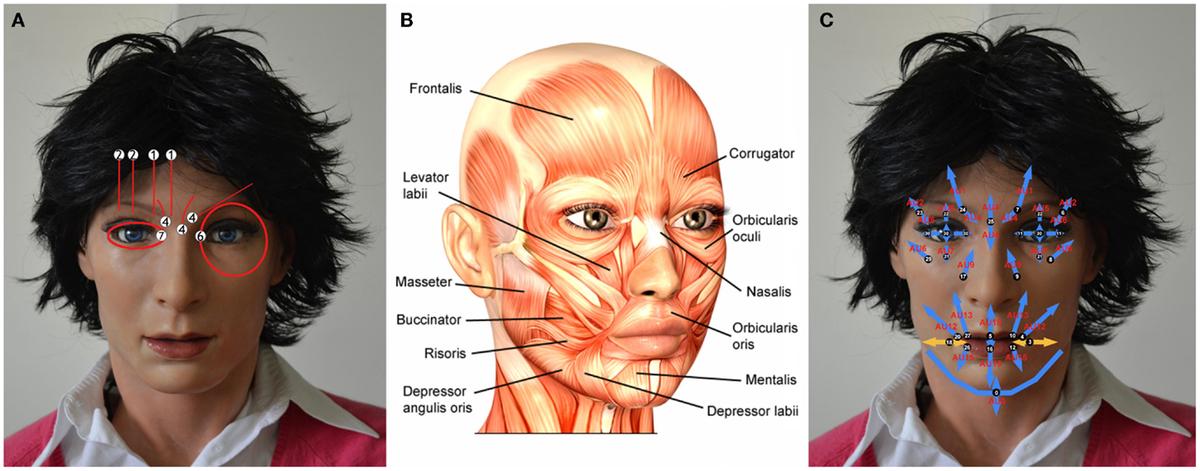Facial expressions in portraiture serve as a powerful language, revealing human emotion and cultural nuances throughout history. From the solemnity of Victorian portraits to the spontaneity of modern photography, each captured expression tells a story, connecting us with the sitter's inner world and broader cultural context.
Historical Development of Facial Expressions
Facial expressions in portraits have evolved, reflecting changing societal ideals and emotions. In earlier times, portraiture aimed to capture not just likeness but also the complexity of mind and soul. Artists sought to immortalize expressions of serenity and significance.
Victorian portraits often featured serious countenances, with smiles considered trivial or vulgar. The focus was on portraying depth of character and intellect rather than frivolity. With the advent of photography, debates arose about the authenticity of frozen smiles. Initially, there was reluctance to introduce smiles to family albums, with smiles mostly confined to actresses and comedians.
Modern portrayals shifted towards more spontaneous expressions, allowing emotions to surface. The transition from oils to pixels and from stiff poses to candid shots paved the way for more personal and relatable interpretations of feelings. Contemporary artists have embraced technological changes, crafting expressions that invite viewers to connect on a deeper level.
Psychological Impact of Facial Expressions
Facial expressions are psychological phenomena in motion, each muscle movement conveying the mind's language. Charles Darwin's pioneering work suggested that expressions shared across cultures convey universal emotions, an idea that has endured and been enhanced by modern psychological science.
Today, facial expressions are studied with precision. We now understand that:
- Fear widens eyes to improve vision
- Disgust narrows eyes to sharpen focus
These reactions represent a dance of survival instincts. Modern neurology corroborates how varying our gaze can influence emotion perception even before images reach the brain.
In portraiture, these findings resonate deeply. Each portrait tells vast stories that can alter the viewer's perception, fostering empathetic understanding. As we engage with painted or photographed faces, we're invited to participate in a silent dialogue of emotion and intention, parsing the intricacies of humanity itself.

Technological Advances in Portraiture
Technological advancements have transformed portraiture from careful paintbrush strokes to precise camera clicks. This evolution has expanded the portrayal of facial expressions, offering new depths of emotional accuracy.
The progression from early daguerreotypes to modern digital cameras has liberated expressions from the constraints of extended stillness. Digital technology has further revolutionized the field, allowing for manipulation and enhancement that rivals the artistic freedom of old masters.
AI and facial algorithms now even simulate expressions no longer present, offering new perspectives on the human psyche. Yet, amidst these advancements, the essence of portraiture – its ineffable humanity – remains unchanged. Modern portraits, regardless of the tool used, still capture the same spirit as those etched into ancient canvases, bridging emotional stories across eras.
Cultural Variations in Facial Expressions
Cultural variations in facial expressions form a rich pattern in portraiture, reflecting diverse societal values and interpretations. For instance, the smile, while universal, carries different meanings across cultures:
- Western portraits might feature broad smiles as symbols of friendliness
- Eastern portraiture often prioritizes subtlety and harmony
Historical portraiture reflects these cultural nuances. Classical Western works often showcase robust expressions, while Eastern portraits may convey volumes through the slightest curve of a lip or arch of a brow.
While basic emotions like happiness and sadness are universally recognized, their display is shaped by cultural context. Collectivist societies, for example, may prioritize communal harmony in emotional expression.
In our globalized world, contemporary artists often blend diverse expressive possibilities, creating works that resonate on multiple cultural levels. Portraiture thus serves as both a reflection of cultural identity and a bridge to understanding the myriad ways facial expressions articulate human emotion across different societies.
Artistic Techniques in Capturing Expressions
Artists use various techniques to capture and convey facial expressions in portraiture:
- Composition: Frames the subject and guides the viewer's gaze, influencing the emotional tone of the piece.
- Color: Becomes an emotional palette, with different hues evoking specific moods.
- Chiaroscuro: The play of light and shadow adds depth and drama to expressions.
- Form: The curve of lips, arch of brows, or tilt of the head speaks a language beyond words.
- Texture: Can create visceral connections, with rough surfaces or smooth finishes altering the viewer's perception.
Every artistic choice shapes the viewer's interpretation, inviting empathy and reflection. These portraits become emblems of shared humanity, offering a space where our own stories intersect with those of others, creating a timeless dialogue in the language of expression.
Facial expressions in portraiture continue to bridge art and emotion, offering windows into the shared human experience. As techniques and technologies evolve, the fundamental desire to capture and convey the essence of humanity remains at the heart of this enduring art form.
- Darwin C. The expression of the emotions in man and animals. London: John Murray; 1872.
- Ekman P, Friesen WV, Ellsworth P. Emotion in the human face: Guidelines for research and an integration of findings. New York: Pergamon Press; 1972.
- Young AW, Perrett DI, Calder AJ, Sprengelmeyer R, Ekman P. Facial expressions of emotion: stimuli and tests (FEEST). Bury St. Edmunds: Thames Valley Test Company; 2002.
- Barrett LF. Was Darwin wrong about emotional expressions? Current Directions in Psychological Science. 2011;20(6):400-406.
- Morris JS, Frith CD, Perrett DI, et al. A differential neural response in the human amygdala to fearful and happy facial expressions. Nature. 1996;383(6603):812-815.
- Phillips ML, Young AW, Senior C, et al. A specific neural substrate for perceiving facial expressions of disgust. Nature. 1997;389(6650):495-498.






















